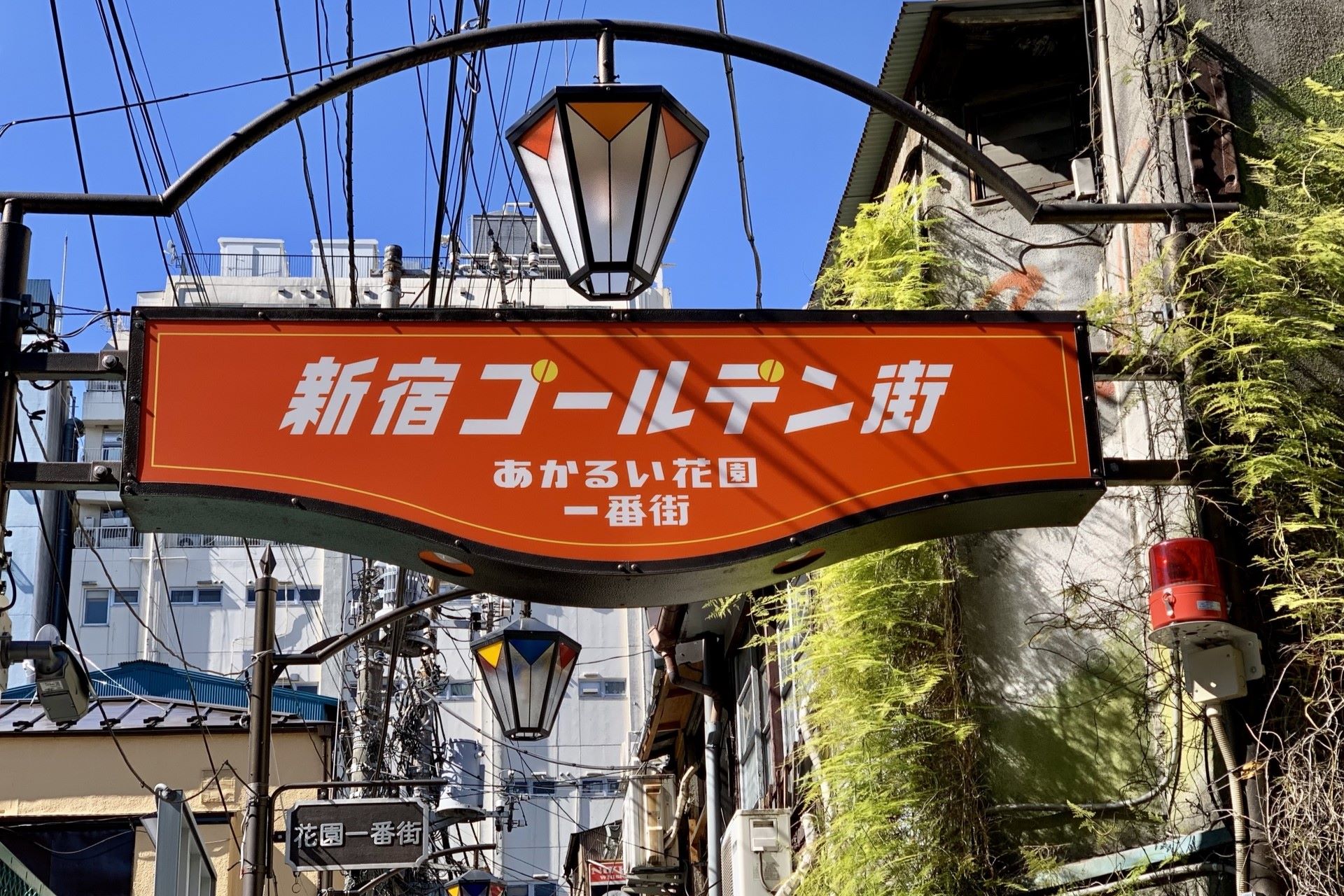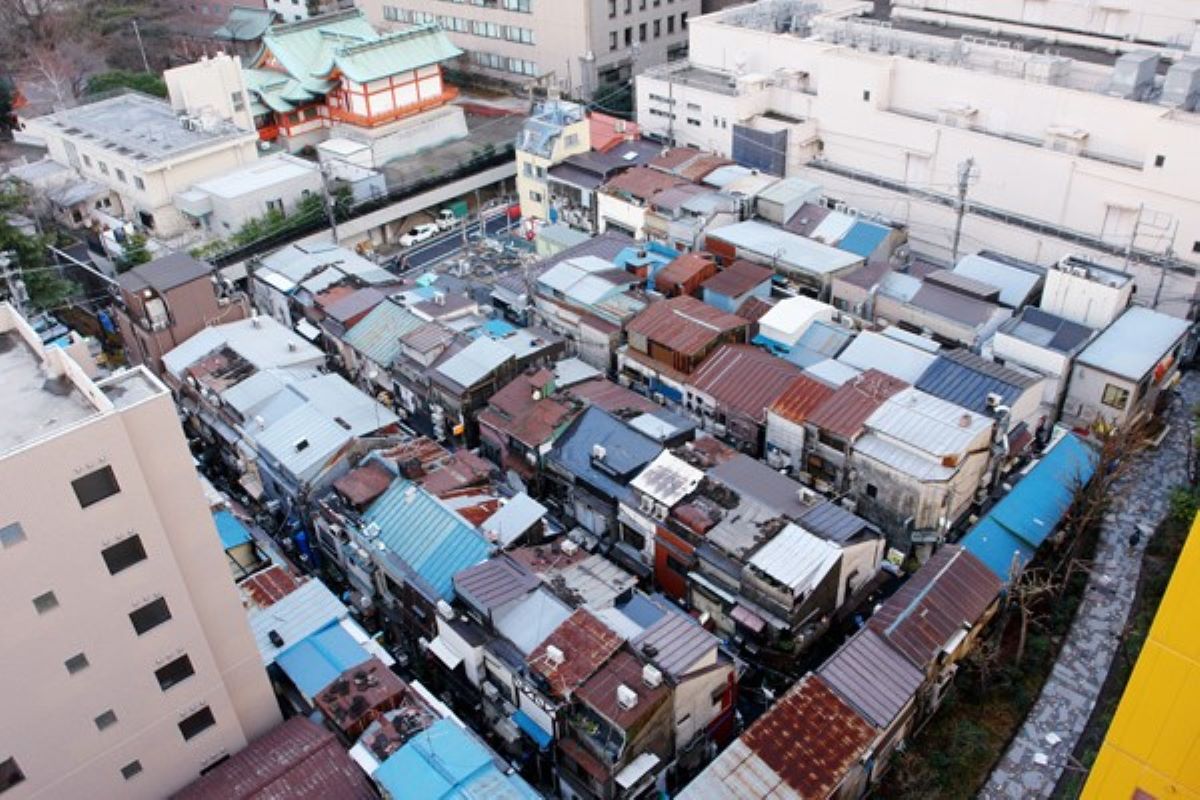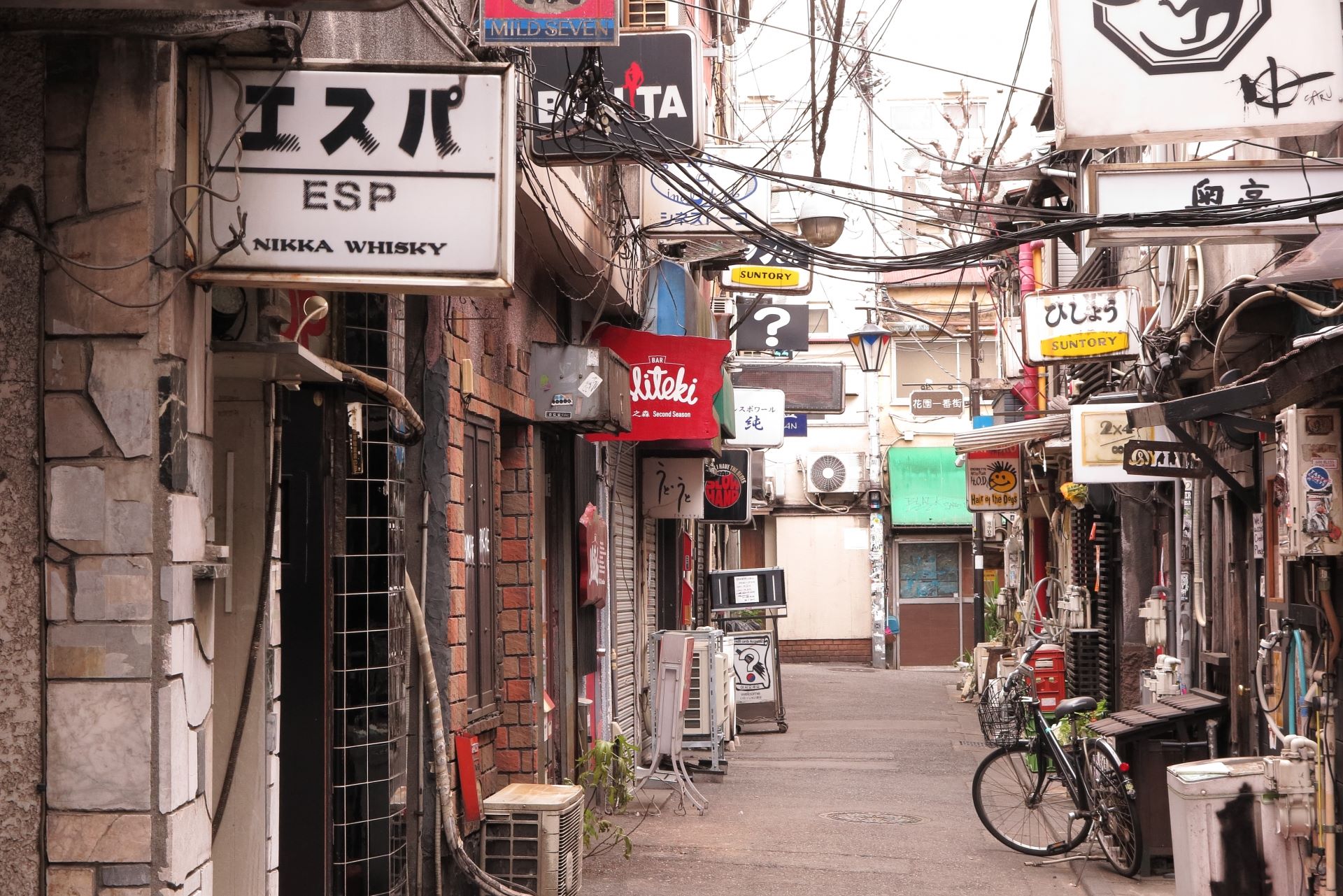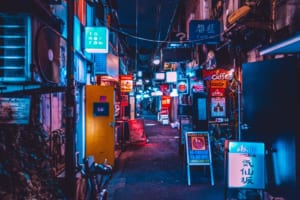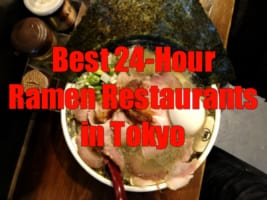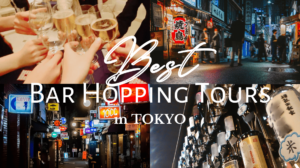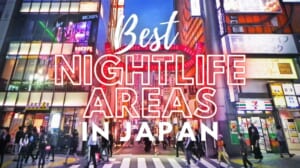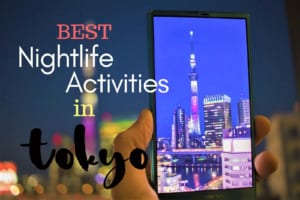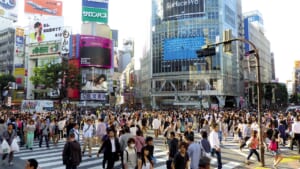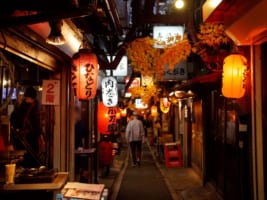Shinjuku Golden Gai: A Bohemian Haven in Tokyo
Guide to Shinjuku Golden Gai in Tokyo
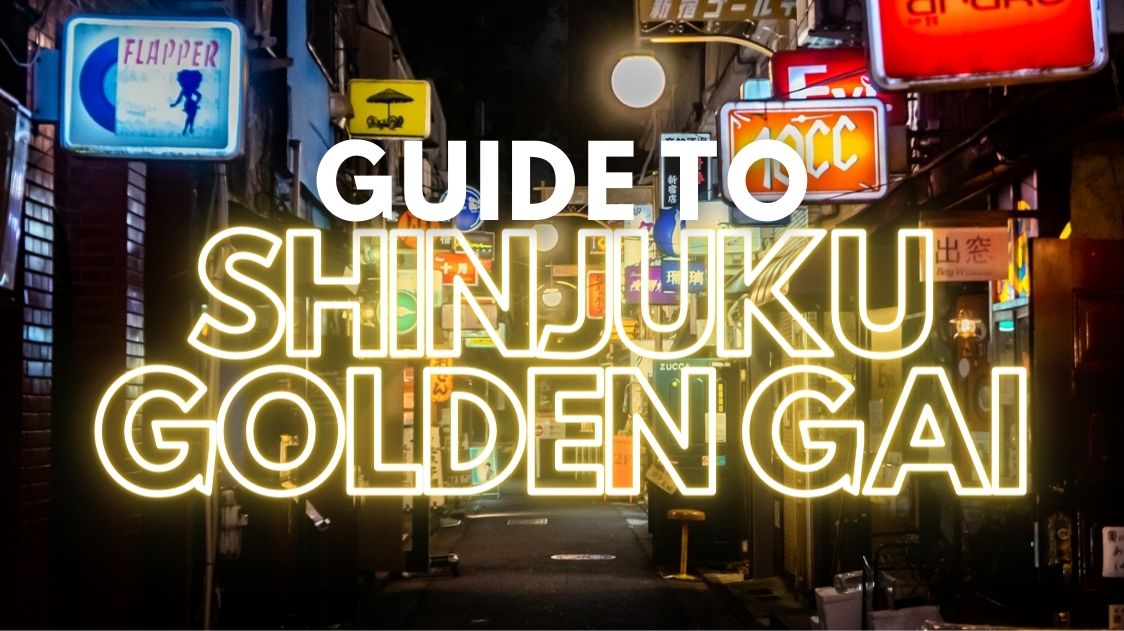
“Is this actually safe?” was the question uttered by a westerner friend the first time I took them for a walk around Shinjuku Golden Gai, much to my amusement. If I didn’t know better, I’d probably agree with said uneasiness. It looks sketchy and dark and it’s located next to the infamous Kabukicho to boot.
“Yep, totally safe” I said. An eclectic mixture of oddities and eccentricities lie with each storefront, asserting their own individuality and catering to a wide variety of tastes. It’s a fun place to walk around just exploring for its quirkiness even if drinking is not your thing.
Check also: 1 Day Itinerary in Tokyo: SHINJUKU & 20 Best Things to Do in Shinjuku
*Please note that this article contains affiliate links.
What is Shinjuku Golden Gai?
Shinjuku Golden Gai (新宿ゴールデン街) is a maze of narrow alleys comprising around 280 teeny-tiny bars (and a few restaurants) within an approximate area of 6,600m2, to the east of Kabukicho. But unlike the adult-related themes from the entertainment district, it retains a very distinct personality with a Showa-era style and more bohemian and artistically inclined.
Its origins are related to the postwar black markets and underground bars and restaurants that popped up in several areas of Shinjuku. This area eventually settled with small wooden tenement buildings housing bars, many of those with a strong cultural orientation such as literary bars where many artists and writers gathered for lively discussions. Lots of acclaimed creators have been bar regulars at some point of their lives.
This way, during the past decades and until the present times, Golden Gai has played a central part as a place for subculture and alternative art, and a much-cherished remnant of nostalgic times. It retains a vibrant community that’s been actively and fiercely defending this place from the menace of urban developments, in order to maintain its very special atmosphere.
What to do at Shinjuku Golden Gai
With hundreds of small establishments, there’s a lot to see and do!
Check carefully before entering a bar
First of all, pay attention to the signs. Lots of bars in Golden Gai cater only to faithful clientele and as such, will only accept recurring customers so the only way to enter is being introduced by an existing patron. Such bars will indicate this clearly with a “members only” sign or something to that effect, so make sure you don’t enter before checking. Don’t fret, there are plenty of bars more than happy to receive foreign tourists or first time clients!
Take a leisurely walk around the alleys
Exploring the area can be almost as fun as drinking (if that’s what you’re here for) thanks to the unique style of each place. A name, a door and perhaps a few extra cm is all each bar has to compel you to enter so they will make the most of it. Amusing dolls, vintage posters, colorful windows or mysterious names.
Take your time to check each spot and become immersed in the unique atmosphere. Take into account that most bars open only during the evening! But if you prefer to go a bit earlier and see how the ambiance transitions from the afternoon to after sunset, you may find a few bars open.
Do some bar hopping
 There’s almost 300 bars to choose from after all! Why limit yourself to only one? Most bars are focused on certain themes like musical styles as diverse as punk rock, death metal, jazz or even flamenco. Movie enthusiasts will probably find their groove with places dedicated to french cinema, horror movies or classic cinema. There’s even a bar with a hospital theme!
There’s almost 300 bars to choose from after all! Why limit yourself to only one? Most bars are focused on certain themes like musical styles as diverse as punk rock, death metal, jazz or even flamenco. Movie enthusiasts will probably find their groove with places dedicated to french cinema, horror movies or classic cinema. There’s even a bar with a hospital theme!
<<Enjoy the local nightlife with locals at Golden Gai!!>>
Be discreet while taking photos
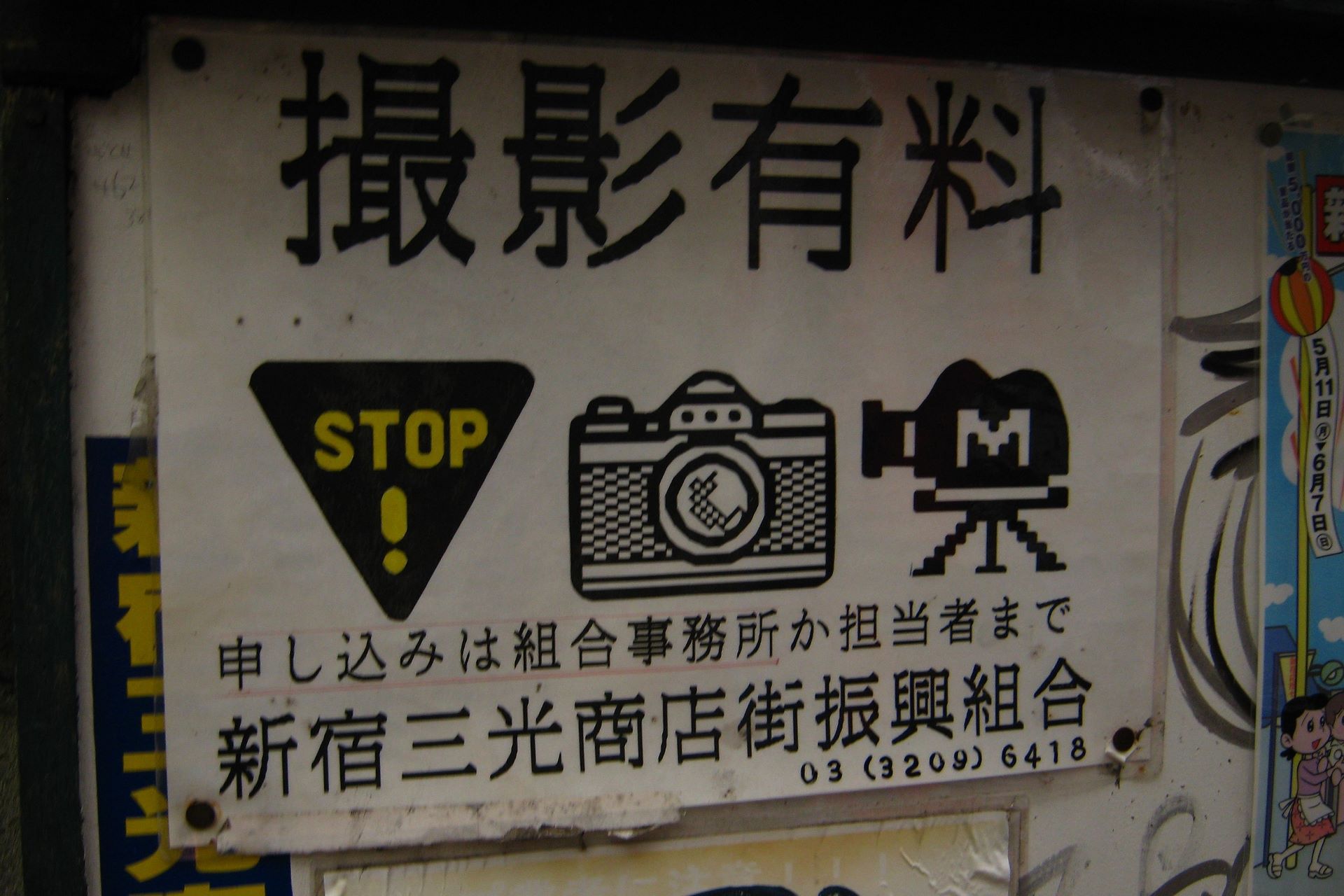
As many signs scattered around the alleys will remind you, this area is not considered public but private. As such, photography is not allowed. Being a touristic area and all, bar owners will not be giving a hard time to tourists taking a few photos here and there, but if anyone suspects you may be taking photos for commercial purposes then you will be told you need to get a permit from the local association.
How to get to Shinjuku Golden Gai
Golden Gai is just 7-min walk approximately from its surrounding stations: Shinjuku-sanchome on the Tokyo Metro lines Fukutoshin, Shinjuku and Marunouchi; Seibu-Shinjuku on the Seibu line or the East Exit of Shinjuku Station. Alternatively, Higashi-Shinjuku Station on the Fukutoshin and Oedo line is also quite close at only 11-min on foot.
Tourist attractions near Shinjuku Golden Gai
Hanazono Shrine
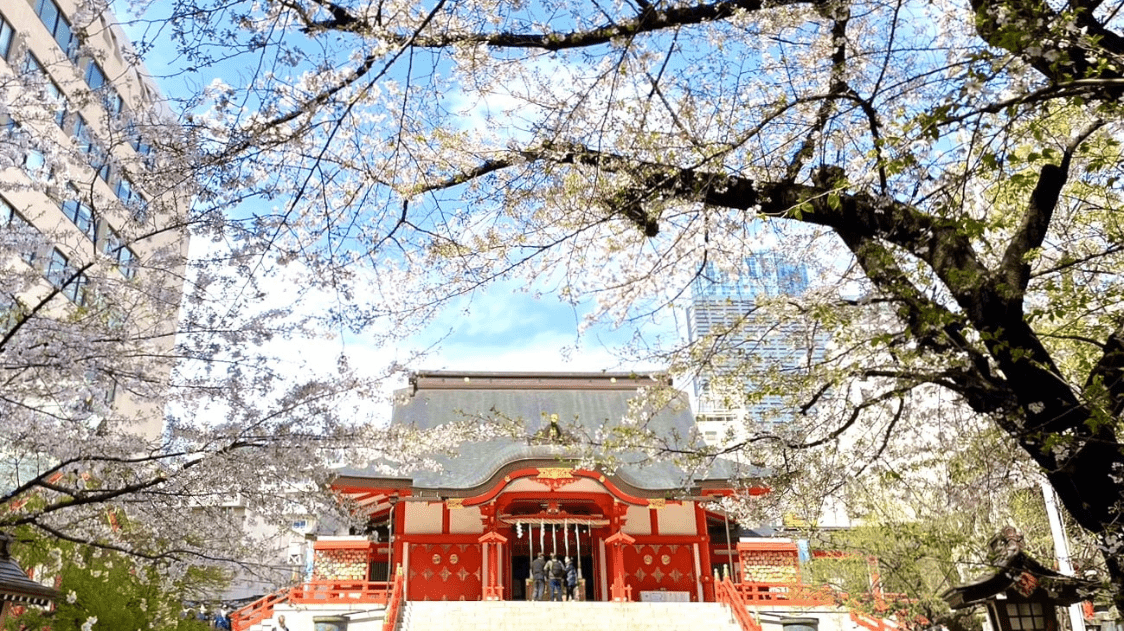 Right next to Golden Gai, Hanazono Shrine (花園神社) has served as the local guardian deity and the spiritual patron of the arts and entertainment since its establishment during the Edo period. Renowned for its Tori-no-Ichi festival and striking red architecture, the shrine remains a cultural cornerstone, with several relevant events during the year.
Right next to Golden Gai, Hanazono Shrine (花園神社) has served as the local guardian deity and the spiritual patron of the arts and entertainment since its establishment during the Edo period. Renowned for its Tori-no-Ichi festival and striking red architecture, the shrine remains a cultural cornerstone, with several relevant events during the year.
More info: Hanazono Shrine: A Large Shinto Shrine in Shinjuku
Kabukicho
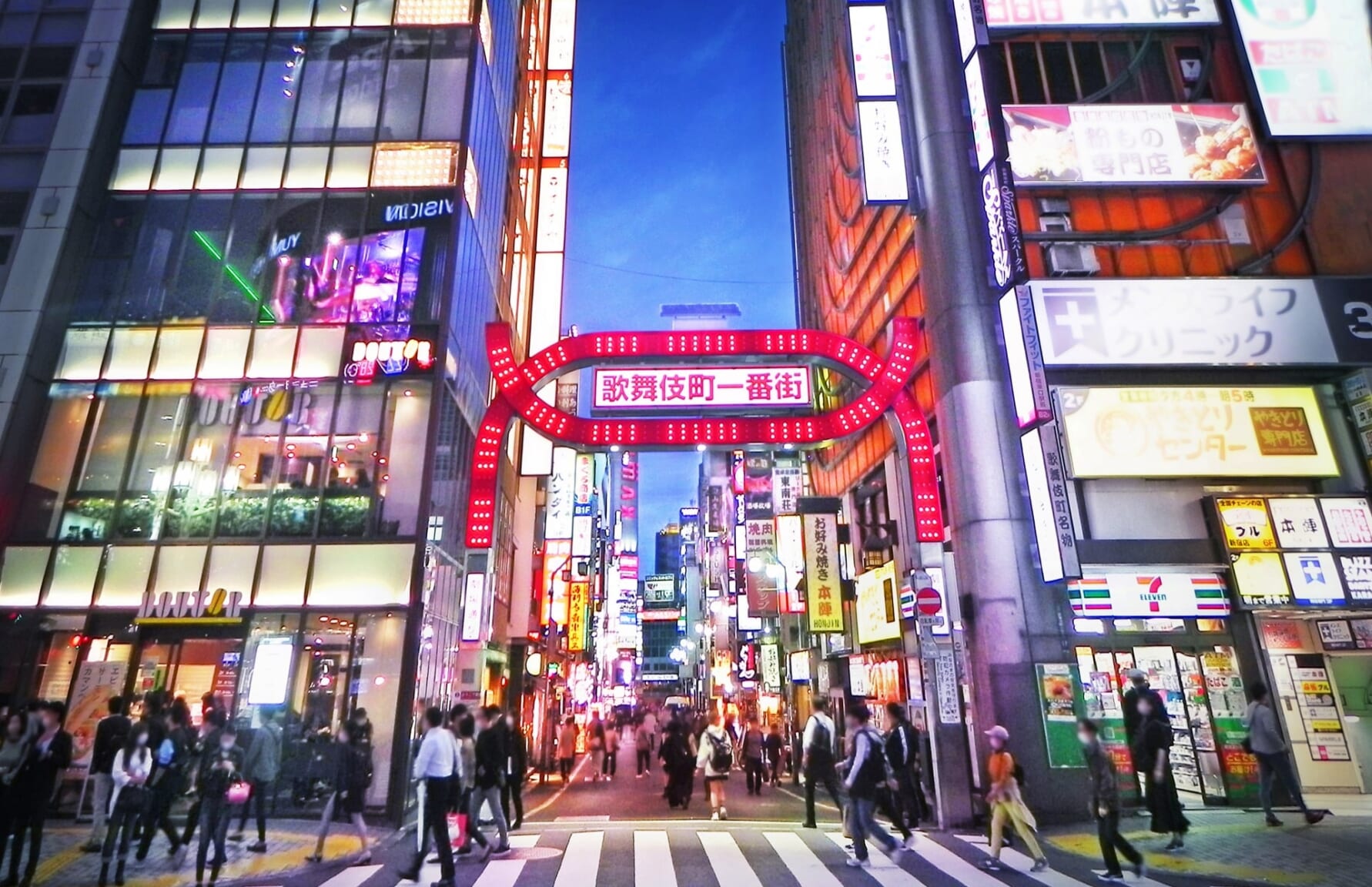 While technically, Golden Gai is part of Kabukicho (歌舞伎町), its distinct ambiance sets them worlds apart despite being one next to the other. Tokyo’s most notorious entertainment district, is often referred to as the “city that never sleeps.” It’s a place where the night is always young, filled with a vibrant mix of bars, restaurants, and neon lights and as such, a popular destination for tourists seeking the thrill of Tokyo’s nightlife.
While technically, Golden Gai is part of Kabukicho (歌舞伎町), its distinct ambiance sets them worlds apart despite being one next to the other. Tokyo’s most notorious entertainment district, is often referred to as the “city that never sleeps.” It’s a place where the night is always young, filled with a vibrant mix of bars, restaurants, and neon lights and as such, a popular destination for tourists seeking the thrill of Tokyo’s nightlife.
More info: Kabukicho: Tokyo’s Red Light District, a Survival Guide
Omoide Yokocho
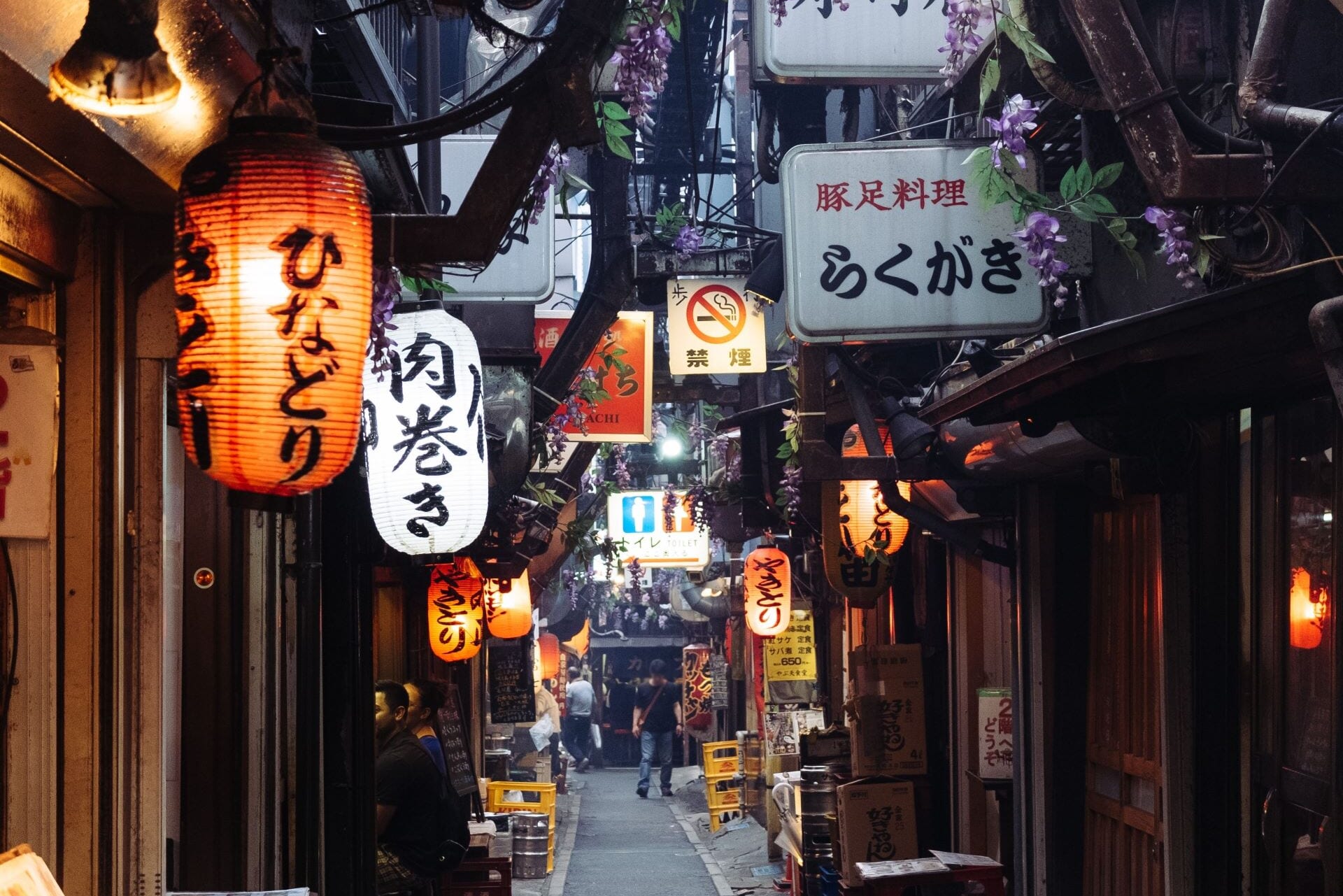 Omoide Yokocho (思い出横丁), or “Memory Alley”, is a very nostalgic postwar alley located about 11-min on foot from Golden Gai. And in a similar vein, its origins are deeply linked with the black markets and makeshift stalls from said time. It has about 60 small restaurants and it’s particularly known for its casual Showa-era ambiance, where you can have a taste of traditional Tokyo through its yakitori and motsuyaki stalls. It’s a beloved slice of history within the ultra modern surroundings.
Omoide Yokocho (思い出横丁), or “Memory Alley”, is a very nostalgic postwar alley located about 11-min on foot from Golden Gai. And in a similar vein, its origins are deeply linked with the black markets and makeshift stalls from said time. It has about 60 small restaurants and it’s particularly known for its casual Showa-era ambiance, where you can have a taste of traditional Tokyo through its yakitori and motsuyaki stalls. It’s a beloved slice of history within the ultra modern surroundings.
More info: Omoide Yokocho: Tokyo’s Most Iconic Izakaya Alley
Shinjuku Gyoen
 Shinjuku Gyoen (新宿御苑), located about 13-min walk from Golden Gai, is a green haven that combines elements of traditional Japanese, English, and French gardens. Once a feudal lord’s estate, it’s now a public park, famous for its seasonal beauty, especially cherry blossoms in spring but also with a wide variety of other blooms throughout the year.
Shinjuku Gyoen (新宿御苑), located about 13-min walk from Golden Gai, is a green haven that combines elements of traditional Japanese, English, and French gardens. Once a feudal lord’s estate, it’s now a public park, famous for its seasonal beauty, especially cherry blossoms in spring but also with a wide variety of other blooms throughout the year.
More info: Shinjuku Gyoen: the National Garden and Park in Tokyo
On the surface, Shinjuku Golden Gai may look like just an extension of the Kabukicho bars with more of the same vibe, but in reality it’s a cherished piece of local history and a place that fights tooth and nail to keep their independent identity. It’s like a box full of surprises for those with a penchant for the night life with a nostalgic and alternative twist.
Information
 Access Access |
Shinjuku-sanchome, Shinjuku Station, Shinjuku-nishiguchi, Seibu-Shinjuku and Higashi-Shinjuku Stations |
|---|---|
 Official Website Official Website |
http://goldengai.jp/ |
▽Subscribe to our free news magazine!▽
For more information about area guides and traveling in Japan, check these articles below, too!
▽Related Articles▽
▼Editor’s Picks▼
Written by
Photographer, journalist, and avid urban cyclist, making sense of Japan since 2017. I was born in Caracas and lived for 14 years in Barcelona before moving to Tokyo. Currently working towards my goal of visiting every prefecture in Japan, I hope to share with readers the everlasting joy of discovery and the neverending urge to keep exploring.





